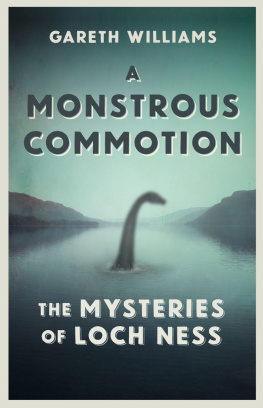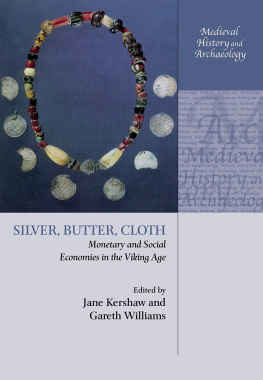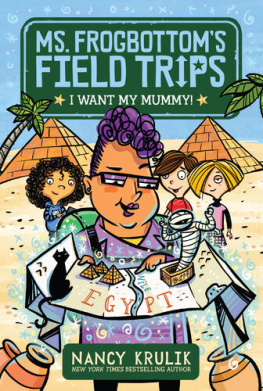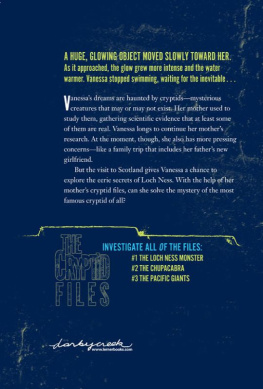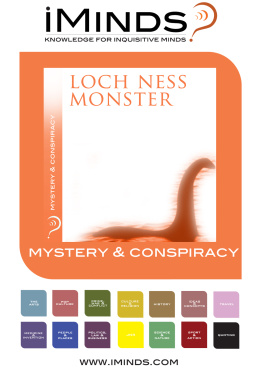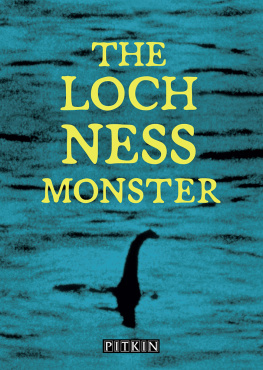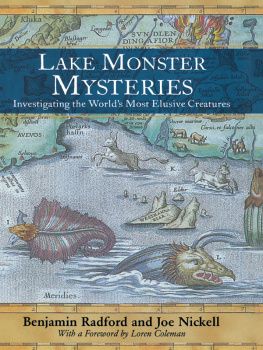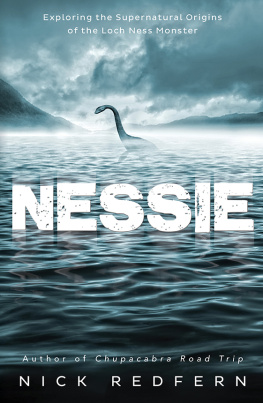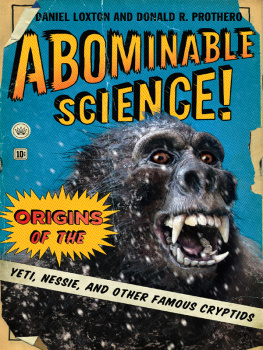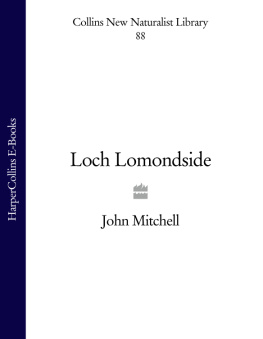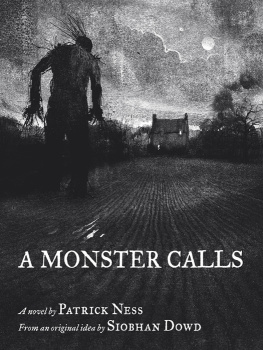Gareth Williams - A Monstrous Commotion: The Mysteries of Loch Ness
Here you can read online Gareth Williams - A Monstrous Commotion: The Mysteries of Loch Ness full text of the book (entire story) in english for free. Download pdf and epub, get meaning, cover and reviews about this ebook. year: 2016, publisher: Orion, genre: Detective and thriller. Description of the work, (preface) as well as reviews are available. Best literature library LitArk.com created for fans of good reading and offers a wide selection of genres:
Romance novel
Science fiction
Adventure
Detective
Science
History
Home and family
Prose
Art
Politics
Computer
Non-fiction
Religion
Business
Children
Humor
Choose a favorite category and find really read worthwhile books. Enjoy immersion in the world of imagination, feel the emotions of the characters or learn something new for yourself, make an fascinating discovery.
- Book:A Monstrous Commotion: The Mysteries of Loch Ness
- Author:
- Publisher:Orion
- Genre:
- Year:2016
- Rating:3 / 5
- Favourites:Add to favourites
- Your mark:
A Monstrous Commotion: The Mysteries of Loch Ness: summary, description and annotation
We offer to read an annotation, description, summary or preface (depends on what the author of the book "A Monstrous Commotion: The Mysteries of Loch Ness" wrote himself). If you haven't found the necessary information about the book — write in the comments, we will try to find it.
Sir Peter Scott, internationally renowned naturalist and president of the World Wildlife Fund, was convinced that the Monster existed. So were senior scientists at Londons Natural History Museum and Chicago University; they lost their jobs because they refused to renounce their belief in the creature. For decades, the scientific establishment was determined to quash attempts to investigate Loch Ness - until Nature, the worlds greatest research journal, published an article by Peter Scott featuring underwater photographs of the Monster. Drawing extensively on new material, Gareth Williams takes a wholly original look at what really happened in Loch Ness. A Monstrous Commotion tells the story as never before: a gripping saga populated by colourful characters who do extraordinary things in pursuit of one of evolutions wildest cards.
Meticulously researched and dazzlingly written, this book will appeal to anyone fascinated by nature and its mysteries - and to everyone who enjoys a beautifully crafted detective story with a strong cast of heroes and villains, plenty of twists and an unexpected ending.
Gareth Williams: author's other books
Who wrote A Monstrous Commotion: The Mysteries of Loch Ness? Find out the surname, the name of the author of the book and a list of all author's works by series.

